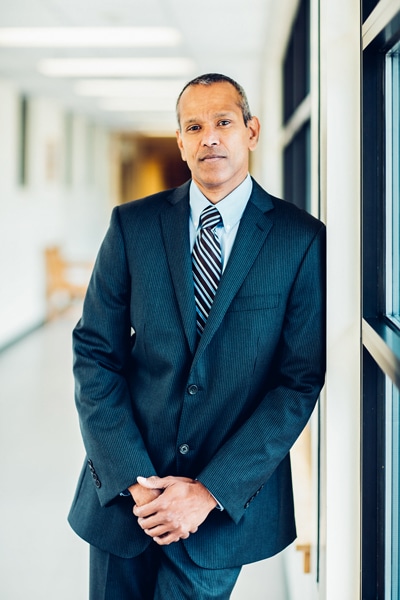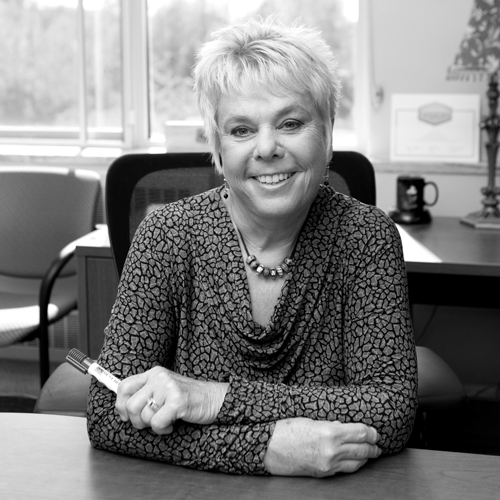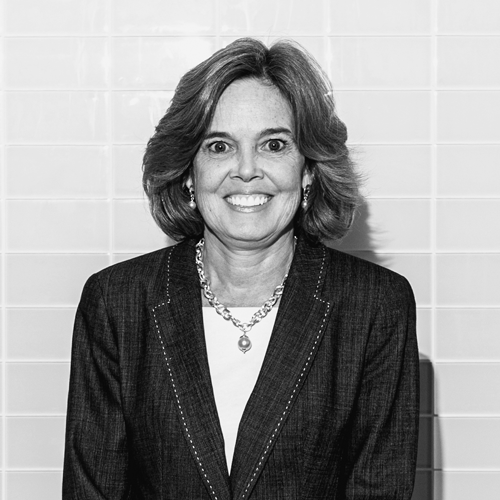Challenges of the Job
Then: As a software developer, Rick Frederick had reached a point in his career where he could see little growth ahead. He was at the top of his game and had reached the apex of the industry; however, his job had become routine. “I felt like, at that point in time, I had reached critical mass in the technology world,” Frederick says. “I saw a shift in the industry towards more globalized outsourcing and decided it was time for me to make a change. It stopped being the industry for me for a lot of reasons, but mostly because I wasn’t being challenged.”
Now: Frederick doesn’t see himself ever hitting a wall in healthcare, primarily because it’s so encompassing. In contrast to his work as a software developer, it is unlikely there will come a time when he’s learned all there is to know. “We have problems in healthcare today that don’t have solutions; they haven’t been developed yet. This is part of the reason why I never fully transitioned away from software development,” says Frederick, who today serves as the chief information officer for Woodsville, New Hampshire’s Cottage Hospital. “At a small hospital like Cottage, they need a chief information officer who can be strategic, approve a budget, and develop a five-year plan, but they also need someone who is capable of looking at problems and crafting solutions.”

Daily Duties
Then: Working as a software developer meant working in a simpler environment. How Frederick’s day looked—and the way his work would go—was pretty cut and dry. “Every day I could say, ‘Here’s what I need to do, here is my time frame, here is my deadline,’” he recalls. “I knew the dates I had to hit. The work could be tricky sometimes, but the days were largely predictable, and if I got my work done early, I could leave early on a Friday. If I didn’t get it done, I worked into the weekend.”
Now: Being CIO of a hospital leaves little room for a flexible schedule. Not only does Frederick have to frequently put on his developer hat—finding solutions to any problems that may arise—but a bulk of his day is also spent working with different areas of the hospital. Almost every area of the hospital is dependent on IT, which requires a great deal of teamwork. “It’s a sometimes overwhelming amount of work, and I put a lot of hours in, but that’s just the kind of person I am,” Frederick says. “I want to do the best that I can, and if that means being here late, then I’ll stay late. I’m not solving every problem the hospital has, but I’m doing the most I can today so that I can tackle whatever comes up tomorrow.”
Keeping Up with Technology
Then: Staying on top of current technology and the latest trends was always Frederick’s primary concern as a software developer. It’s actually every developer’s concern—finding new ways to attack existing problems and faster ways to build better software. A bulk of his work in development was in the entertainment field, decidedly different from his current line of work that has the overarching theme of helping people get well.
Now: “New technology” in healthcare, however, looks much different than it does in software development. Information gathering, research, treatments, and communications combine to give hospitals such as Cottage new tools and fresh ways to practice medicine. In fact, a key part of healthcare reform has involved the use of technology. Currently, Frederick and his team are on the cusp of completing a bidirectional interface, which will enable patient test orders and test results to be safely exchanged electronically between Cottage’s electronic health record and the local clinics. “Healthcare informatics is about bridging the gap between technology and patient care,” Frederick says.
The Bigger Picture
Then: After spending years in software development, it began to weigh on Frederick that his work felt unfulfilling and that it never seemed to lead to anything tangible. There was always a lot of work to do, but who was it helping? Plus, Frederick says, his work was just part of a bigger machine, making it challenging to receive recognition or credit for his efforts. Not that it was necessary, he says, but it sometimes felt like contributions went unseen.
Now: At Cottage, it’s a different story. When accepting the position, Frederick had little idea how much impact the 25-bed hospital in rural New Hampshire would have. Cottage was ranked a Top 20 Best Practice Critical Access Hospital by the National Rural Health Association in 2014. One of the CIO’s proudest moments thus far was when it became one of the first hospitals to meet Meaningful Use Stage 2, just on the heels of being New England’s first critical-access hospital to attest for Meaningful Use Stage 1 requirements, using EHR technology to improve quality, safety, and efficiency, while reducing health disparities. It also required him to engage with patients and their families while improving care coordination and public health. Frederick attributes these successes to Cottage Hospital’s commitment to technology—something that links directly to him and his role. “This work is very fulfilling,” he says. “It was never my goal to receive this recognition, but it makes me very proud.”

